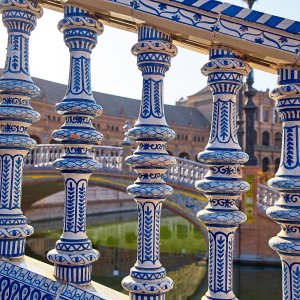The future of tourism is built on sustainability and quality. Beyond trends, these are strategic pillars to protect destinations, empower local economies and deliver meaningful travel experiences.
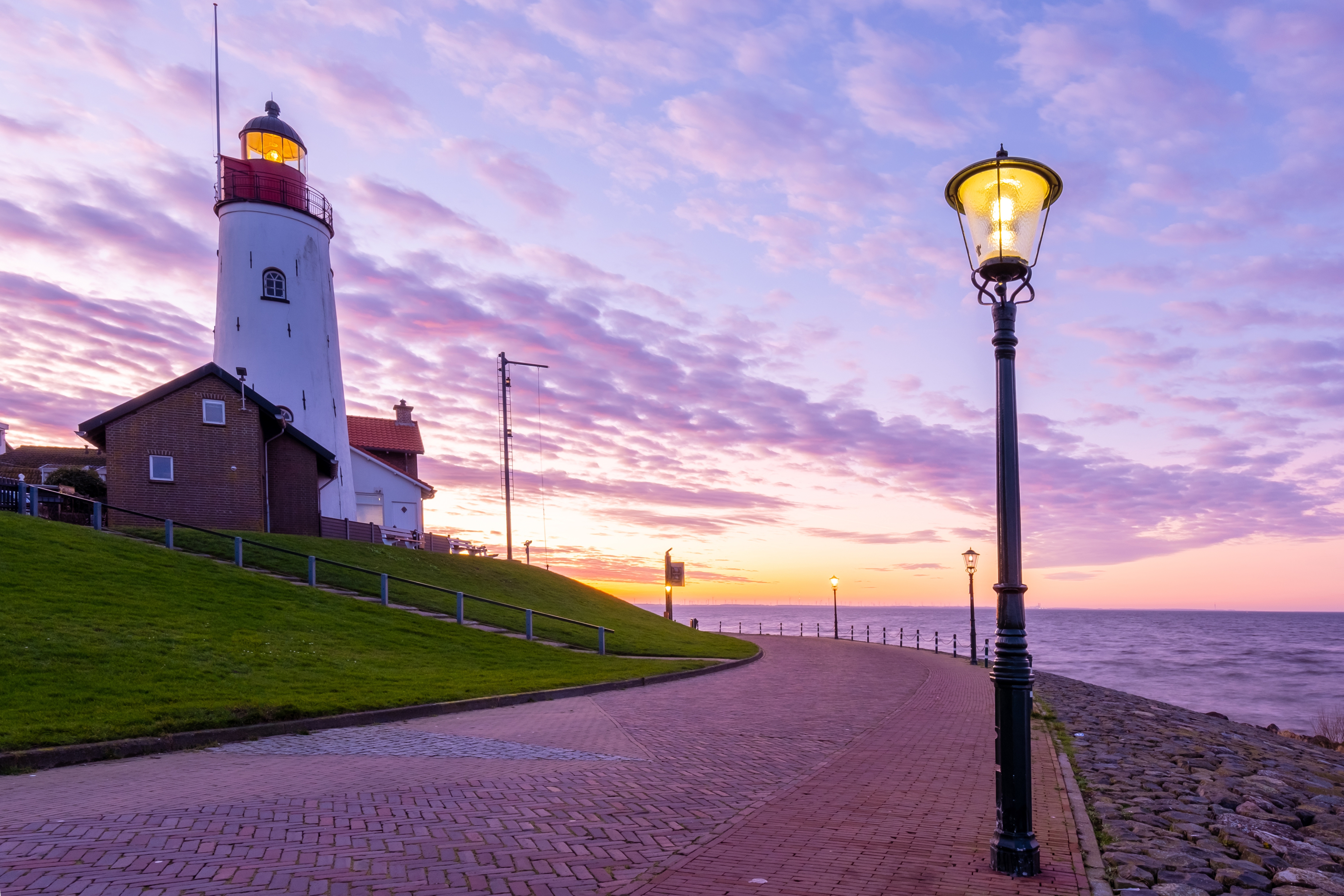
The next great revolution in tourism will not arrive through a new app or a viral destination. It will come with two simple yet demanding words: sustainability and quality.
It’s not about pretty labels or empty promises. It’s a paradigm shift that turns every dollar spent and every mile traveled into meaningful decisions. A kind of tourism that measures, improves, and leaves places better than it found them.
In this article, we explore how sustainable tourism, quality, and traveler experience intertwine to understand why, together, they are the pillars of tomorrow’s tourism.
From quantity to quality, a new social contract for travel.

The maturity of the sector depends on decoupling success from volume. Less can be more when “less” reduces pressure on destinations and “more” redistributes value within the local economy.
Tourism quality is no longer about luxury, it’s about coherence. Distributed visitor flows, longer stays, meaningful spending on local products and services, and low-carbon routes that preserve natural and cultural heritage, this is the path of responsible and regenerative tourism.
Measurable quality, data that supports promises.

Quality only exists if it can be verified. What matters are measurable indicators, water and energy consumption per stay, CO₂ emissions, recycling and composting rates, universal accessibility, equality and fair employment, local purchasing, and resident satisfaction.
Transparency and traceability turn marketing into credibility. It’s not sustainable if it isn’t measurable, comparable, and auditable. In this context, the Biosphere Certified label offers an international guarantee for accommodations, businesses, and destinations that align their management with real, measurable sustainability criteria.
High-value experiences, personalization without excess.

For the conscious traveler, quality translates into purpose-driven experiences, visiting during off-peak hours, learning from local guides, choosing responsibly managed accommodations, and traveling by foot, train, or bicycle whenever possible. Sustainable routes are not moral shortcuts, they’re richer itineraries, with less noise and more narrative. Personalization doesn’t add objects; it reduces waste. This way, the experience gains authenticity, and the destination gains balance.
Effective governance, destinations as living systems.

Destinations leading the change foster public-private governance focused on improving the quality of life for both residents and visitors. Carrying capacity plans, responsible public procurement, training for local businesses, community participation, decentralized visitor flows, and housing policies that protect the social fabric.
Quality is impossible if residents aren’t better off thanks to tourism. Sustainability management methodologies like Biosphere help measure, coordinate, and communicate progress through continuous improvement.
Circular value chain, from waste to resource.

The tourism of tomorrow operates on a circular economy, reduction at the source, reuse, recycling, and recovery. Hotels that treat wastewater, kitchens that measure and reduce food waste, and experiences that replace short-lived souvenirs with local crafts and services. Fewer residues, more shared value.
The Biosphere certification promotes these practices through measurable indicators and evidence that support responsible purchasing and short supply chains.
Technology with purpose: AI, digital twins, and climate innovation.
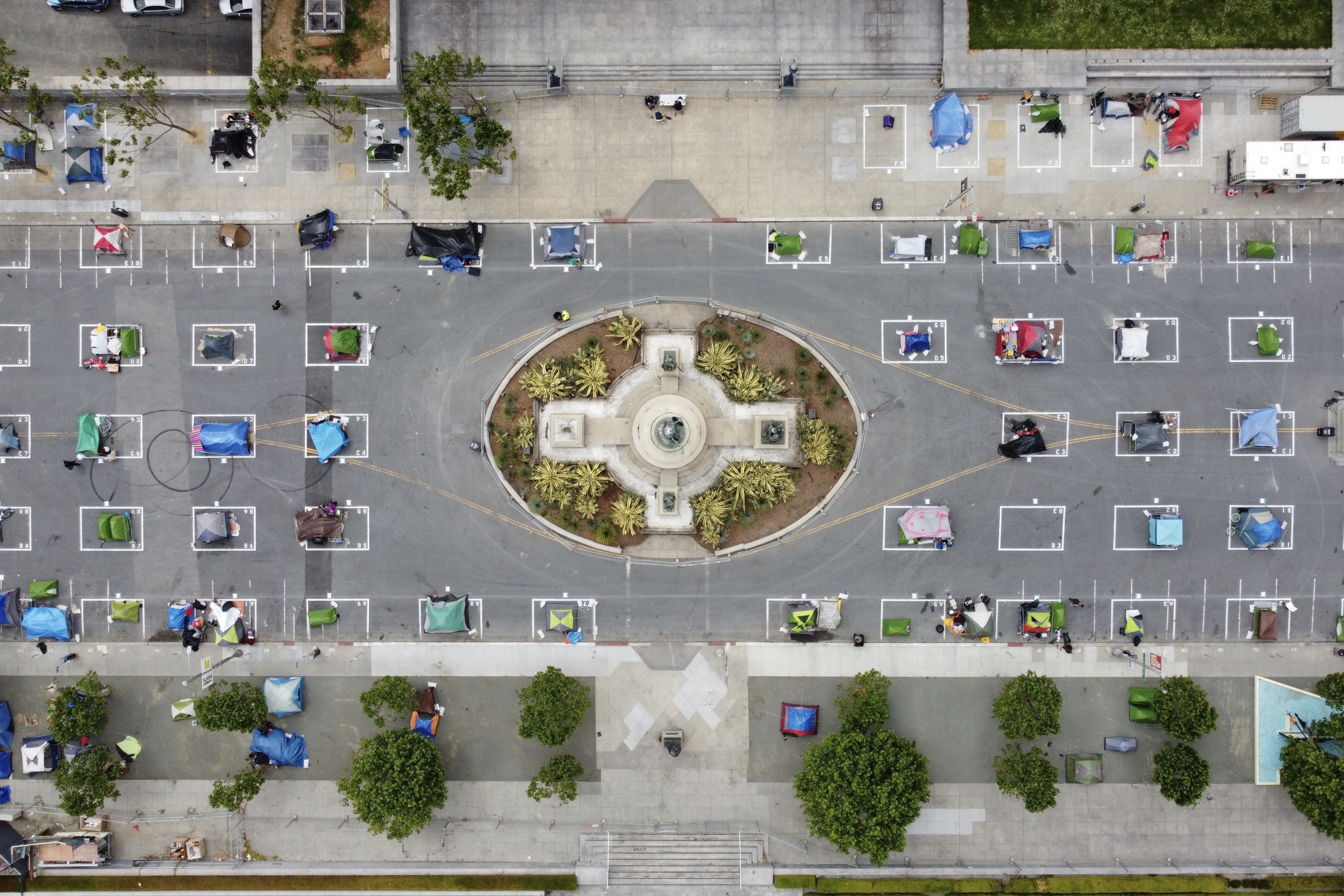
Technology is not an end but a means to optimize decisions. Examples include carbon footprint models that compare routes and transport modes, destination “digital twins” that simulate visitor flows, and artificial intelligence systems that reorganize itineraries in real time to prevent overcrowding or detect water leaks and energy spikes.
In short, green technologies that make sustainability tangible without interfering with the experience, because choosing the right tools allows managers to fine-tune operations and travelers to make better-informed decisions.
Employment quality, the human factor as a key metric.

Quality tourism is also measured by decent work, stability, continuous training, real equality, and occupational health. Well-cared-for teams deliver better hospitality, manage resources more efficiently, and preserve the essence of a place.
Without staff well-being, there is no excellence. In this sense, organizations that use the Biosphere sustainability management tool can integrate social and governance objectives alongside environmental ones to ensure comprehensive sustainability.
Regenerate, not just maintain, leaving places better.

Sustainability preserves, but regeneration improves. This is why it’s essential to implement habitat restoration programs, recover traditional crafts, establish interpretive routes that finance conservation, and allocate more local funds fueled by tourism spending.
Travel must move beyond resource extraction to become co-investment in the territory. This regenerative perspective raises tourism quality standards and builds resilient destinations.
Personal metrics, the traveler as a quality agent.
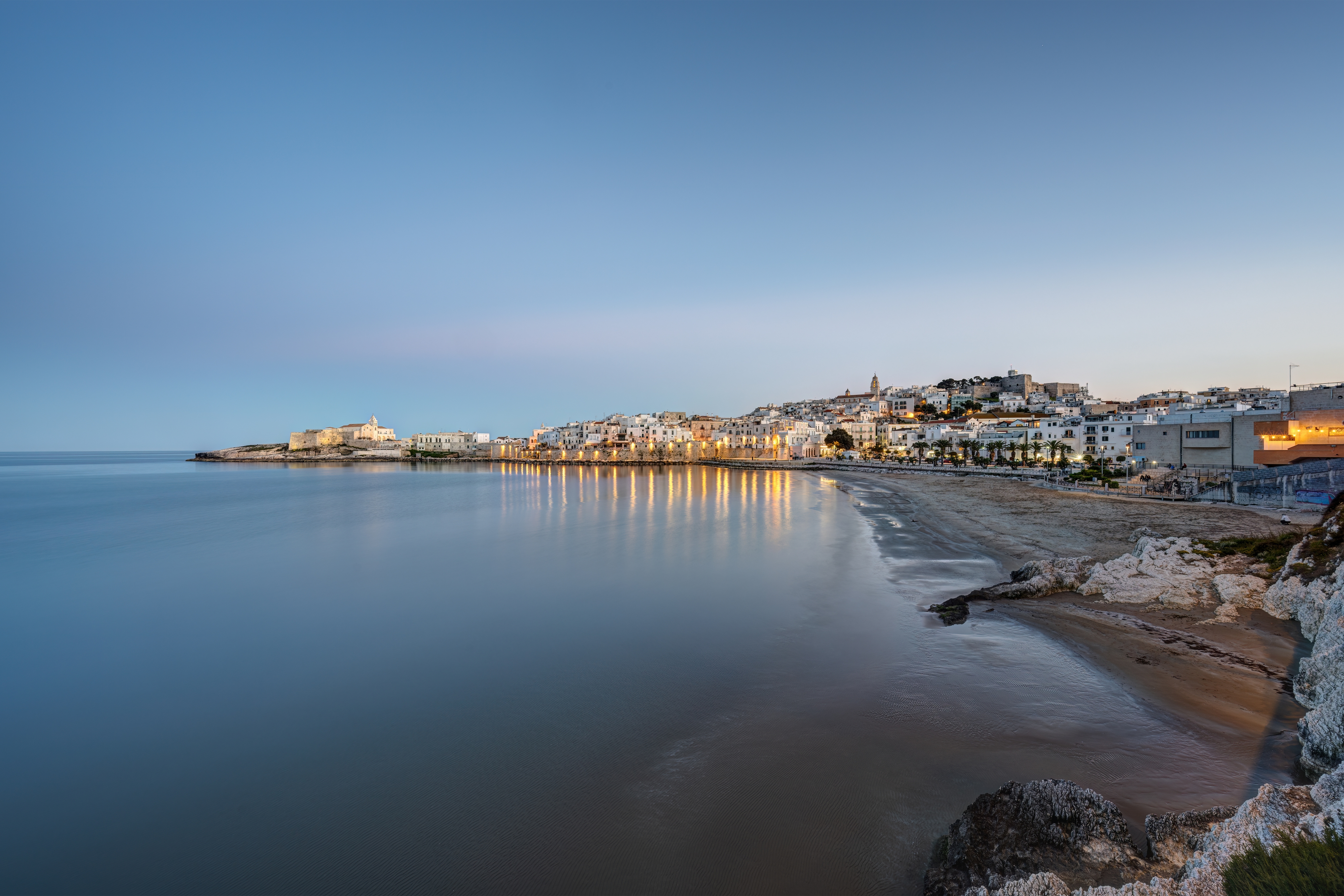
Quality and sustainability are also learned through travel. A personal footprint budget per trip—tracking low-impact mobility miles, percentage of local spending, bottled water avoided, and waste reduced. A decision diary to improve with each journey.
Choosing sustainable accommodations with verified certifications such as Biosphere Certified turns every trip into a conscious practice. Quality starts with how.
Quality and sustainability, two words that change the map.
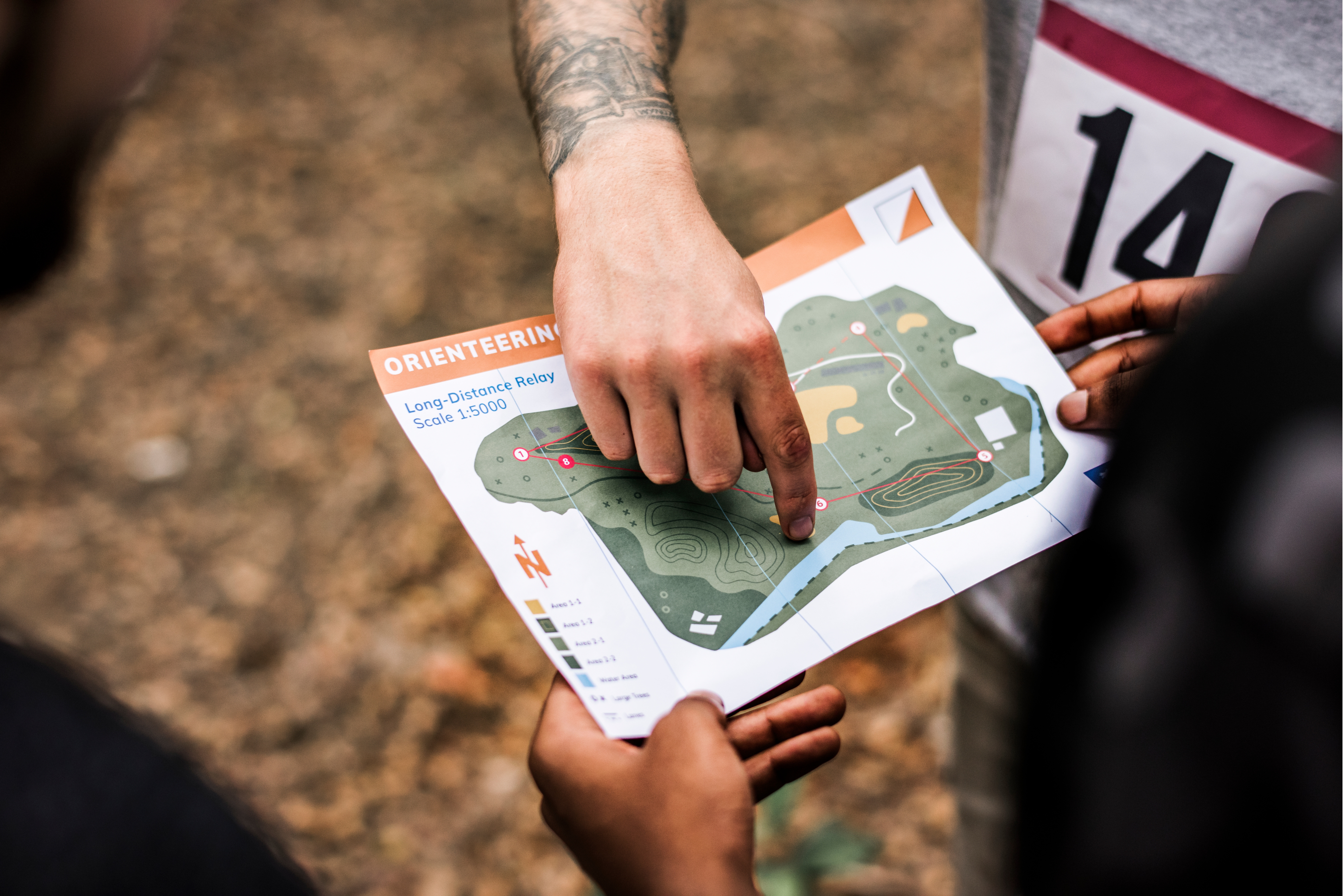
Tomorrow’s tourism will have a smaller footprint and greater meaning. Quality ceases to be an adjective and becomes a system that integrates data, employment, culture, nature, and the satisfaction of both residents and travelers. Sustainability ceases to be an add-on and becomes the backbone of planning, operations, and experience.
When these two forces align, travel doesn’t just move us, it improves the places and the people that make it possible. That’s the horizon: measurable destinations, conscious travelers, and experiences that matter for what they leave behind, not just for what they show.
Sustainability, SDGs, and the role of Biosphere.

This approach to quality and sustainability is directly aligned with the United Nations Sustainable Development Goals (SDGs). SDG 8 promotes decent work and economic growth through quality jobs and local value chains. SDG 11 supports sustainable cities and communities through shared governance and visitor flow management. SDG 12 fosters responsible production and consumption through circular economy and local purchasing. SDG 13 calls for climate action through low-carbon routes and energy efficiency. SDGs 14 and 15 protect life below water and terrestrial ecosystems through conservation and restoration.
In this regard, Biosphere supports destinations, businesses, and organizations in this transition with a management tool that diagnoses, defines goals, implements actions, measures progress, and communicates results in a verifiable way.
The Biosphere Certified label confirms that sustainable practices are being implemented in a real and audited manner. If you are part of the tourism sector and want to turn sustainability into measurable quality, the Biosphere community offers you a clear path to move forward, improve, and prove it.












